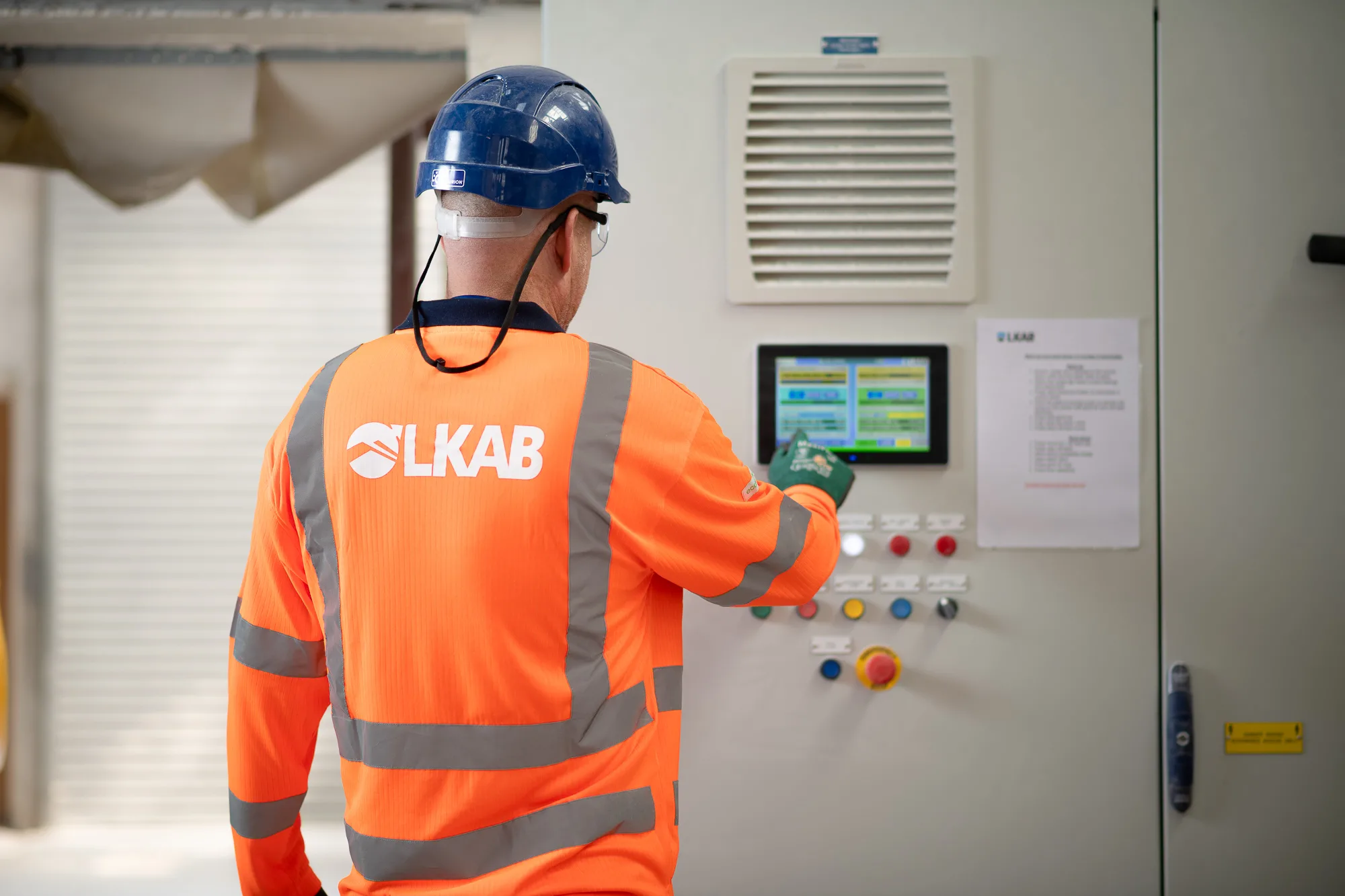LKAB Minerals offers layering and toll manufacturing services, develop tailored products and testing services related to the refractory minerals.

We have over 30 years of experience in the processing of refractory minerals. In recent years, our company advanced and invested to improve our material offering and processing capability. This allows us to offer a range of services.
The layering process can combine up to seven materials, supplying the aggregate portion of a customer’s refractory product recipe. This service can be advantageous for small production units that may have occasional issues with capacity or where maintenance downtime is unavoidable. The layered refractory recipes are supplied in bulk bags for use in the customers’ mixing facility.
Following on from layering, we have the ability to upscale the manufacture to finished refractory products. Our custom-built facility in the UK houses a range of machinery for toll manufacturing of a number of refractory and non-refractory products. The machinery on site can process anything from coarse materials to fine powders, which can be mixed or blended. We can also package finished products in our customers’ own branded bulk bags or smaller sacks.
The on-site products are processed to specific customer recipes under strict confidentiality guidelines.
The site also houses a storage area capable of holding large amounts of material. This ensures larger batch runs at a cost benefit to the customer, which can be stored and called off as required, preventing the need for storage at our customer’s site.
There are many cost and time-saving advantages to utilising these services, including:
LKAB Minerals has a number of laboratories across the group. Our in-house technical support and expertise enable us to support our customers in developing tailored products tested in-house to their requirements. Each location has its own technical team working in collaboration with our customers to develop new products using our own facilities under strict confidentiality agreements. We work closely with our customers to ensure the products meet the required specifications and product performance.
Currently based in the UK, our testing services allow customers to send in samples for product testing in a range of areas, including:
Each test can be completed as a separate service or as part of the sales service we offer to our customers when purchasing materials and products.